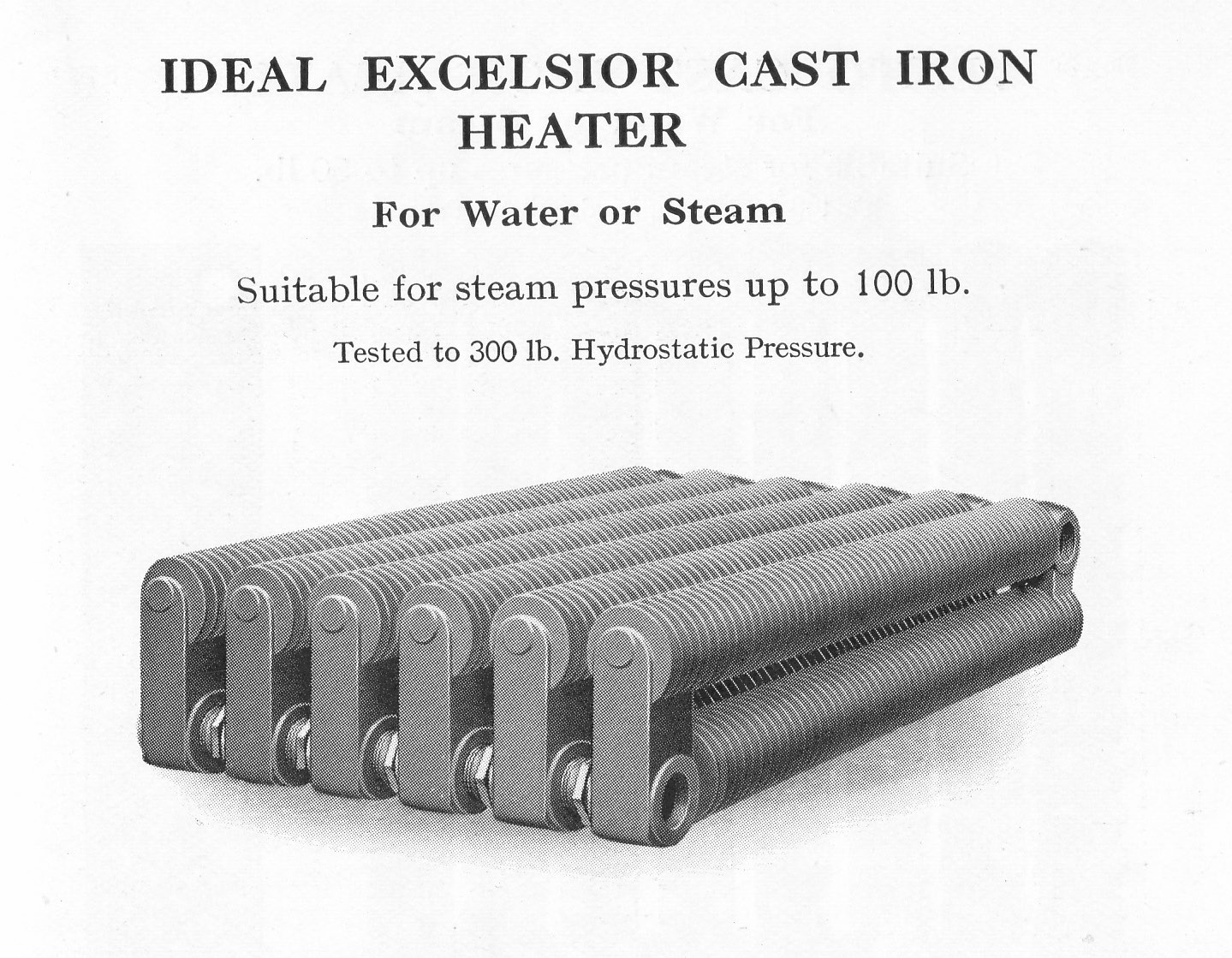| St
Andrew's Blagdon Somerset |
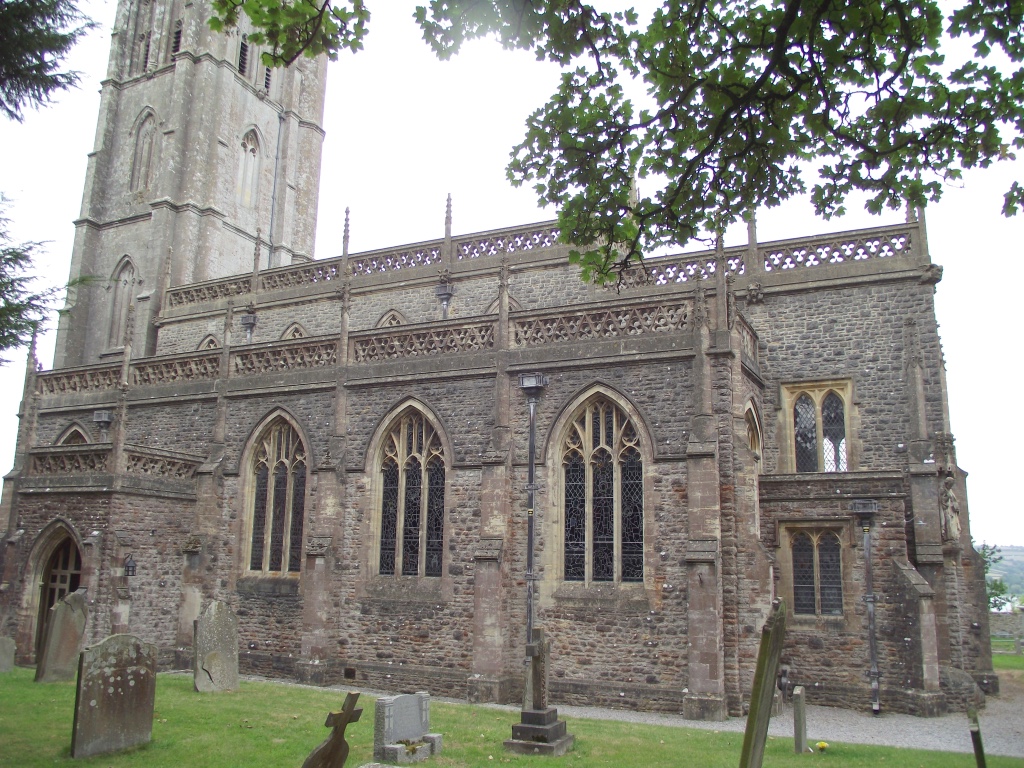 North Elevation |
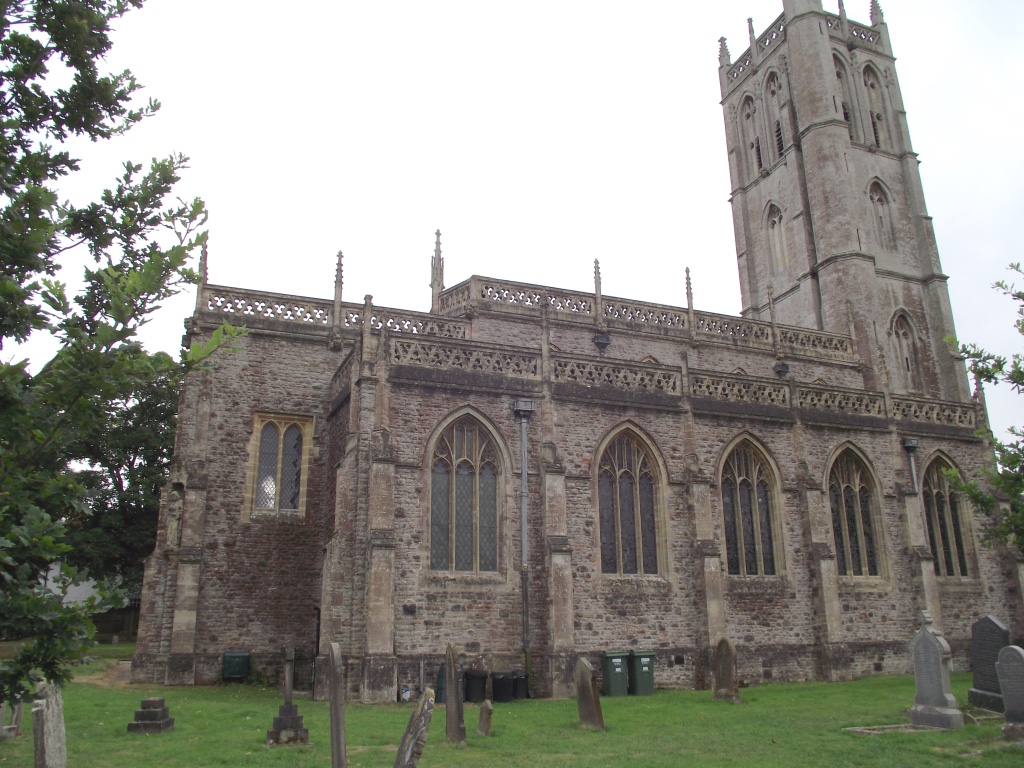 South Elevation |
|
The previous church
was demolished except for the Tower. In the
Edwardian period the church was re-built and
joined to the existing Tower. The church
consecrated in October 1909, was built with
monies donated by the Wills family of WD &
HO Wills the tobacco firm in Bristol, who were
large wealthy land-owners in the locality.
|
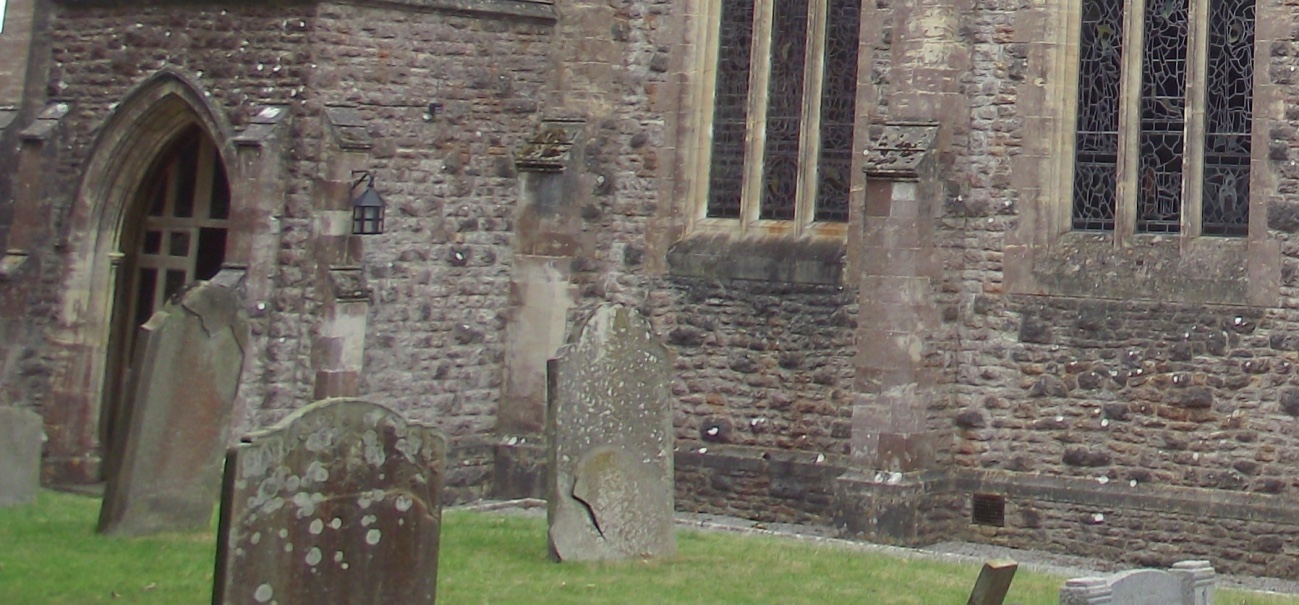 South Elevation The fresh air was introduced through low level rectangular cast iron gratings fitted in the external walls, one on the south wall and three on the north wall. |
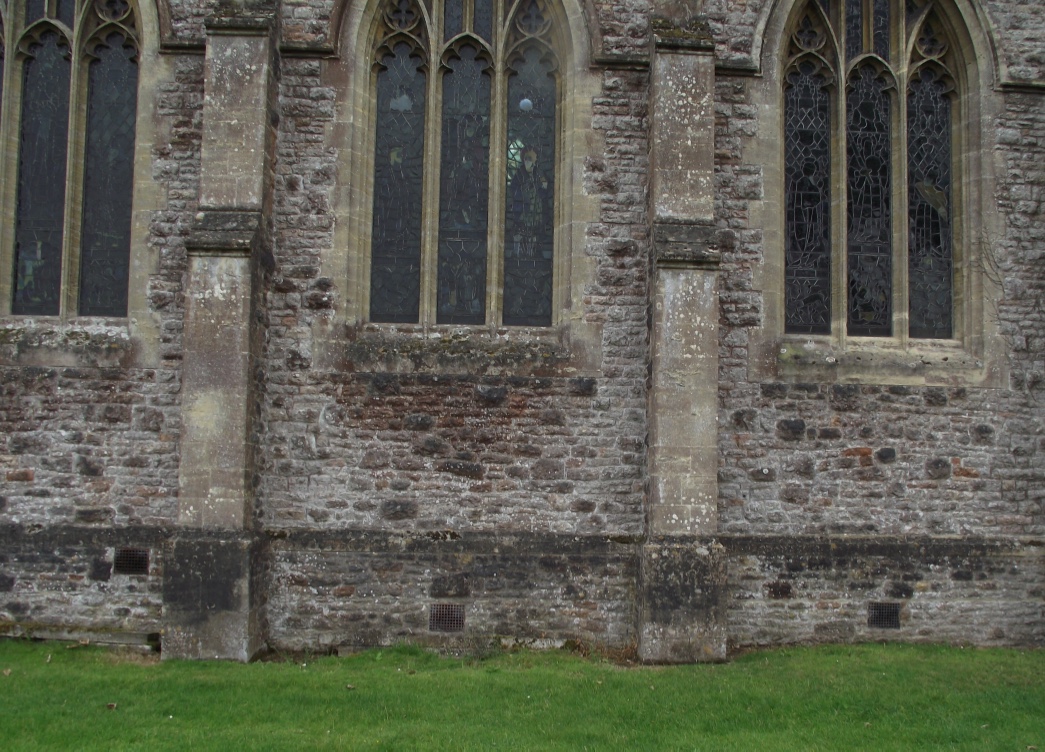 North Elevation |
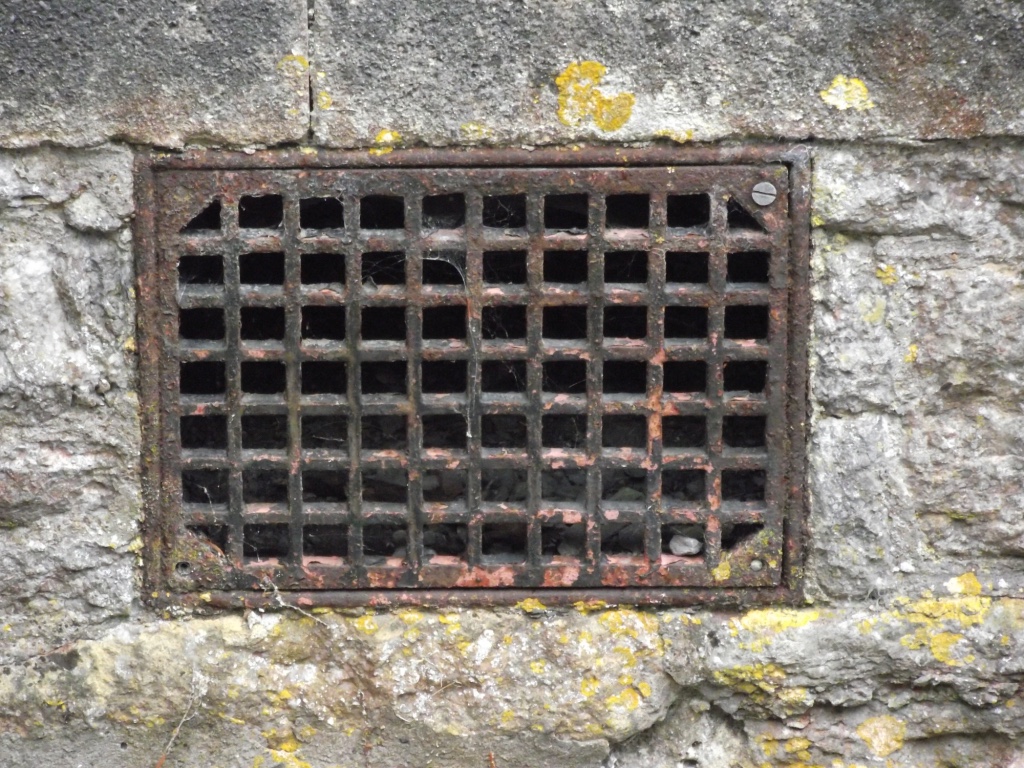
Behind each grating was fitted
a circular salt glazed pipe buried into the
foundations, which was routed to the underside of
a cast iron sectional radiator fitted against the
internal church columns.
![]()
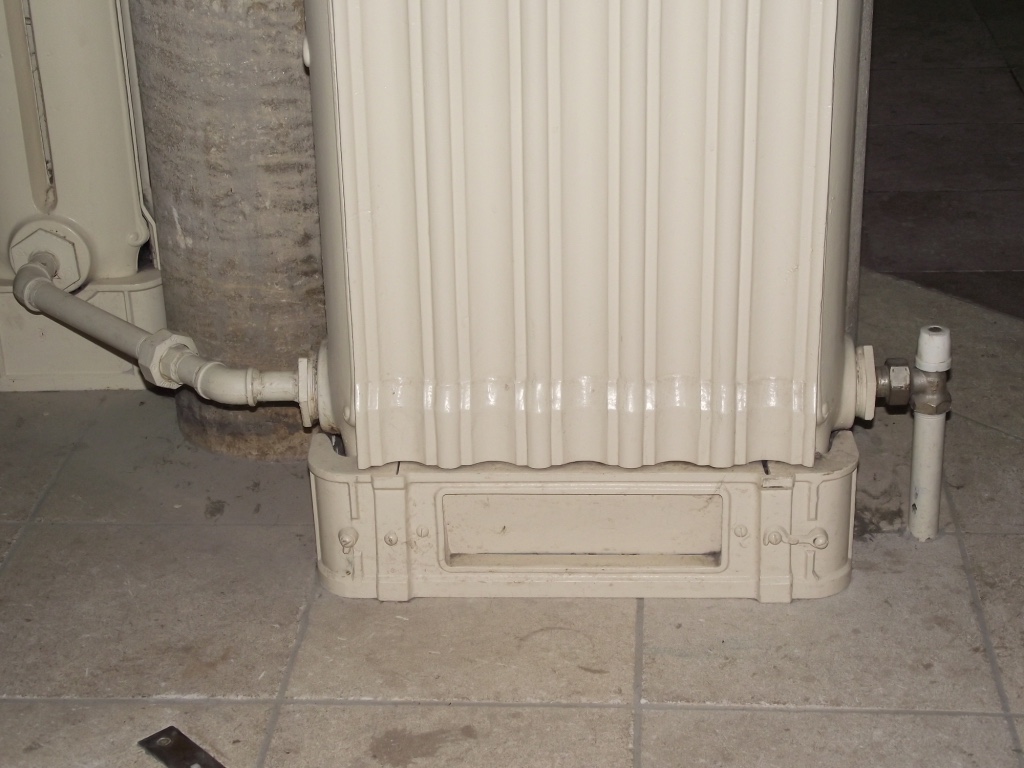 |
|
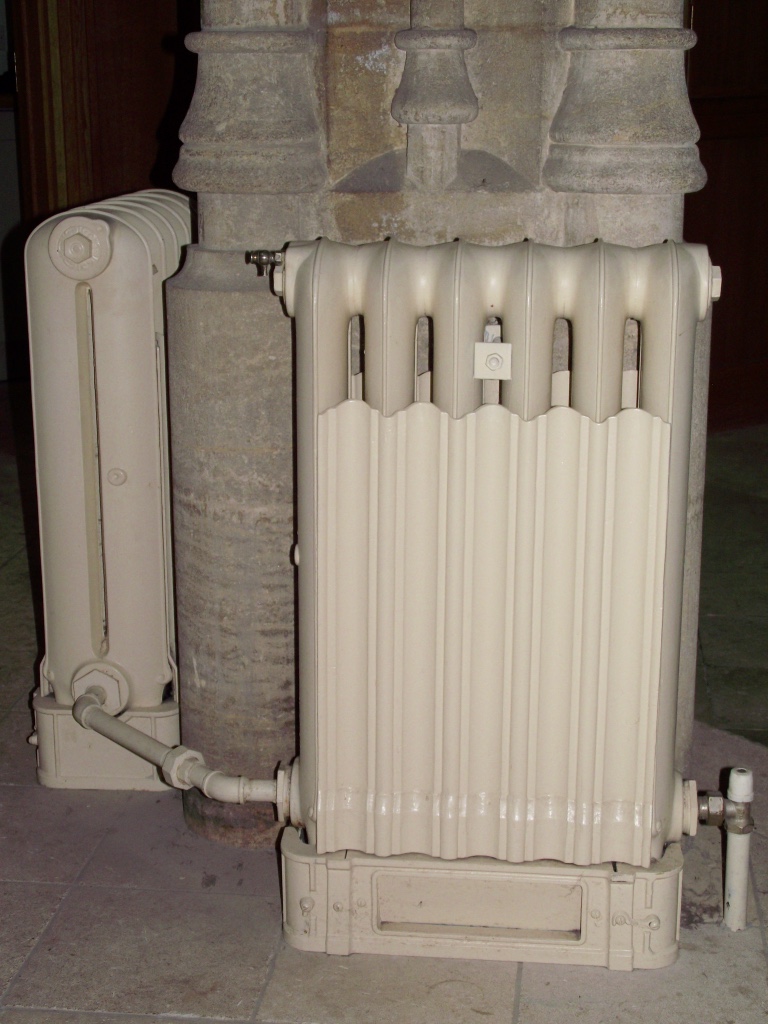 |
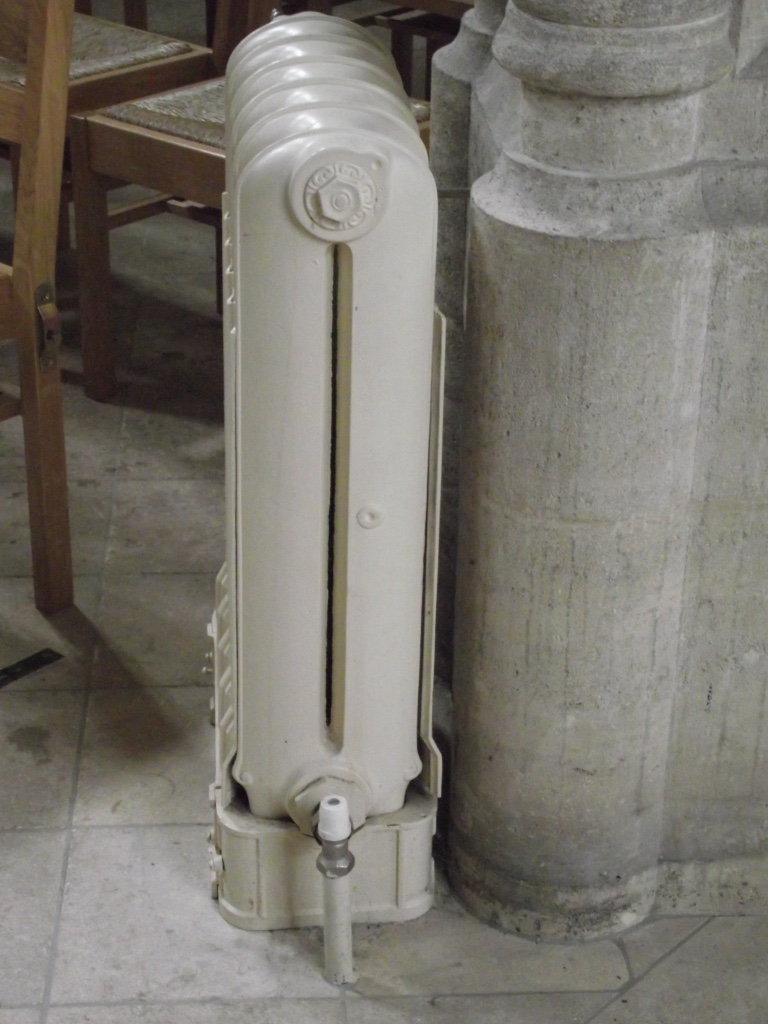 |
These radiators which appear to be of Beeston Boiler
Company manufacture, were fitted with cast iron
detachable baffle plates, to cause the warmed air to
rise up through the radiator and exit at the top.
This method maximized the heating effect of the fresh air
before entering the occupied space of the church.
|
At the high level
tower end of the church three openings were
left in the wall through into the tower,
where the vitiated air entered into a
vertical duct inside the tower which then
exited through the roof.
To
increase the upward movement of air through
this extract duct, a cast iron gilled tubing
heater battery was installed in the tower duct
fed from the church heating system. It can be
surmised that this battery was intended to
improve the stack effect in speeding the flow
of air exiting through the tower ducting.
Unfortunately this heater battery has been
removed together with its connecting pipework.
The
above image is an illustration of what the
heater battery could have looked like. |
| A heating pipe coil has been installed under the high level windows in the Nave on both north and south elevations to minimize the cold downdraught effect from these windows. These pipe coils are an example of the quality of pipework installations in those early days. To enhance the appearance of these pipe coils passing across the face of the cylindrical columns fender sets have been installed. These days a mixture of fittings would be used as craftsmen no longer exist capable of this quality of installation. |
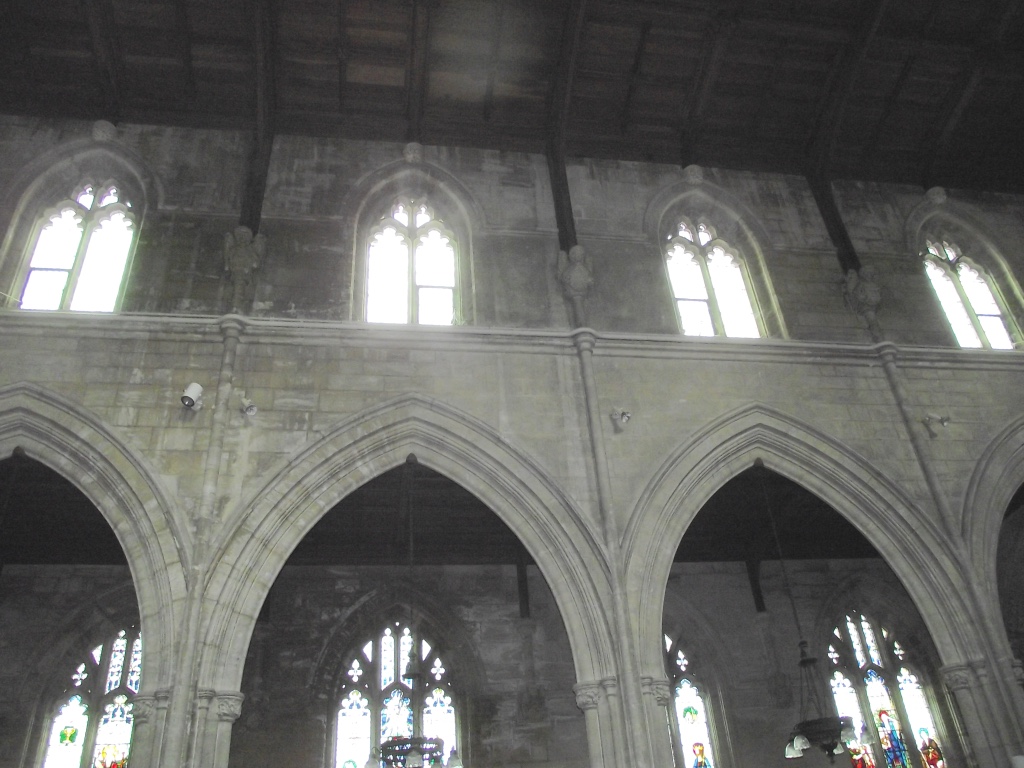 |
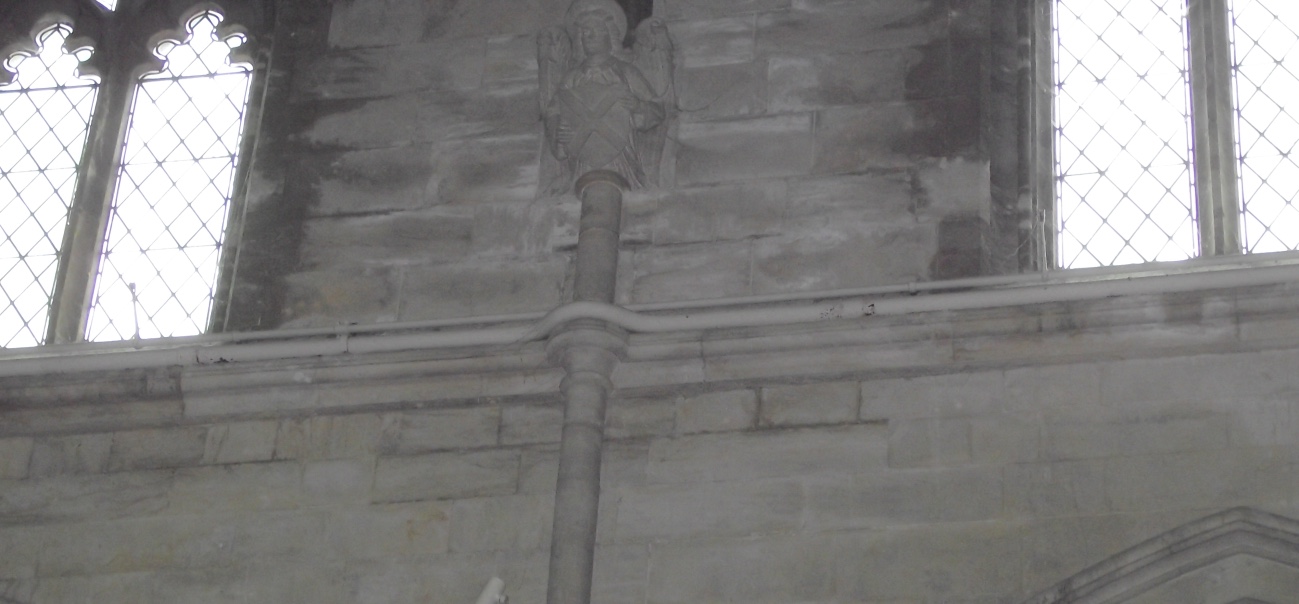 The fender set |
Whether the fresh air ventilation was operable during
the period of the year when the
heating system was switched off is debatable.
The reason for the installation of this fresh air
ventilation system is a matter of conjecture,
but its purpose could possibly be to improve the
quality of the air or the church’s
congregation.
